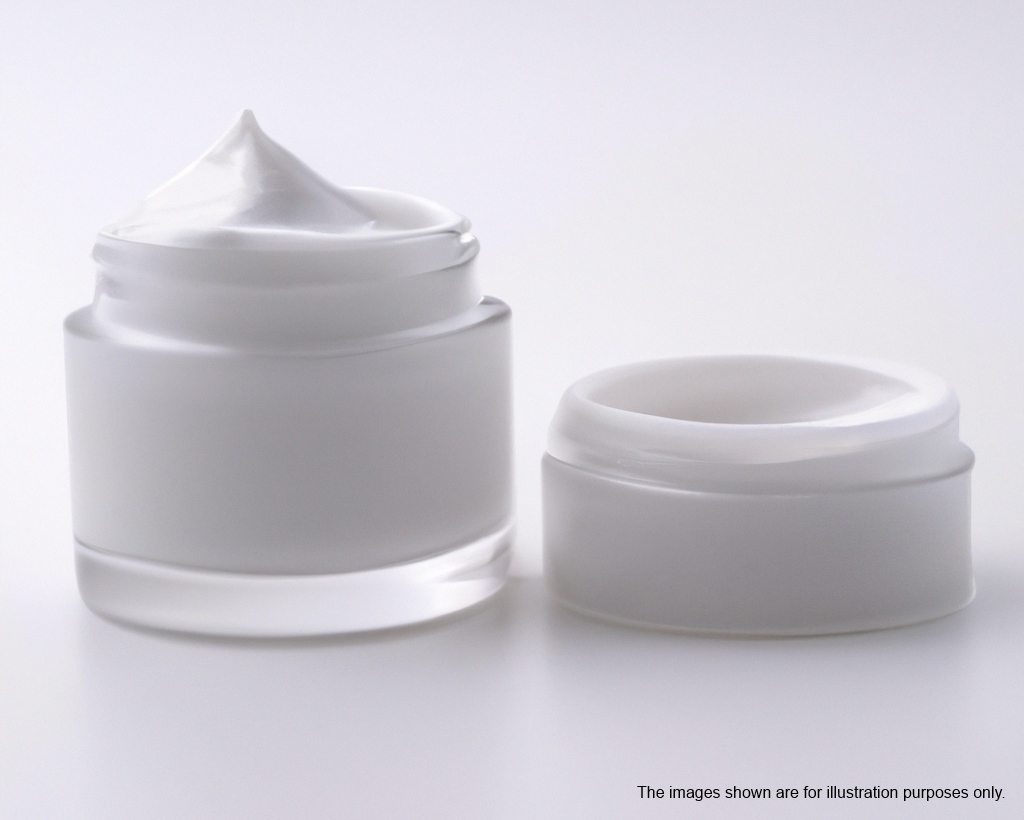Gel

A gel, derived from the Latin "gelu" meaning freezing, cold, ice, or "gelatus"
meaning frozen, immobile, is a solid, jelly-like material with a spectrum of
properties ranging from soft and pliable to hard and resilient. Gels are
characterized as substantially diluted cross-linked systems, maintaining
their shape without flow when in a steady state.
Despite being predominantly
liquid by weight, gels exhibit solid-like behavior due to a
three-dimensional network of cross-links within the liquid. These
cross-links provide the structure and contribute to the stickiness of gels.
Essentially, gels are a dispersion of liquid molecules within a solid, where
the solid forms the continuous phase and the liquid forms the discontinuous
phase.
Gels comprise a solid three-dimensional network spanning a liquid medium,
entrapping it through surface tension effects. This internal network
structure may arise from physical bonds (physical gels) or chemical bonds
(chemical gels), as well as crystallites or other junctions that remain
intact within the expanding fluid.
Virtually any fluid, including water (hydrogels),
oil, and air (aerogel), can be utilized as an extender. Both in terms of
weight and volume, gels predominantly consist of fluid, thereby exhibiting
densities akin to those of their constituent liquids. A common example of a
hydrogel is edible jelly, which possesses a density similar to water.
Cationic polymers, characterized by positive charges, inhibit the formation
of coiled polymers. This allows them to contribute significantly to
viscosity in their elongated state, as the stretched-out polymer occupies
more space. Gel constitutes a colloid solution, with the dispersion phase
being liquid and the dispersion medium being solid.
Types of Gels
Hydrogels
Hydrogel, also known as an aquagel, constitutes a network of polymer chains
that are hydrophilic, sometimes forming a colloidal gel where water serves
as the dispersion medium. Hydrogels, whether natural or synthetic polymers,
are highly absorbent, with some containing over 99.9% water. They possess a
degree of flexibility akin to natural tissue due to their significant water
content. Various applications of hydrogels include:
- Serving as scaffolds in tissue engineering, often incorporating human
cells for tissue repair.
- Employed in hydrogel-coated wells for cell culture.
- Utilized in environmentally sensitive hydrogels, also known as 'Smart
Gels' or 'Intelligent Gels,' capable of sensing changes in pH, temperature,
or metabolite concentration and releasing their load accordingly.
- Acting as sustained-release drug delivery systems.
- Providing absorption, desloughing, and debriding of necrotic and fibrotic
tissue.
- Serving as biosensors, responsive to specific molecules such as glucose or
antigens, and employed in drug delivery systems.
- Used in disposable diapers and sanitary napkins for urine absorption.
- Applied in contact lenses and medical electrodes for EEG and ECG
measurements.
- Used in water gel explosives and rectal drug delivery.
Other less common applications include breast implants, glue formulation,
soil moisture retention in arid regions, and dressings for wound healing,
particularly for burns or hard-to-heal wounds.
Common ingredients include polyvinyl alcohol, sodium polyacrylate, and
acrylate polymers with abundant hydrophilic groups. Natural hydrogel
materials, such as agarose, methylcellulose, hyaluronan, and other naturally
derived polymers, are under investigation for tissue engineering
applications.
Organogels
Organogel is a non-crystalline, thermoreversible solid material composed of
a liquid organic phase trapped in a three-dimensionally cross-linked
network. The liquid phase can be an organic solvent, mineral oil, or
vegetable oil. The solubility and particle dimensions of the structurant
molecules are crucial for the elastic properties and firmness of the
organogel. These systems often rely on the self-assembly of structurant
molecules. Organogels find applications in pharmaceuticals, cosmetics, art
conservation, and food industries.
Xerogels
A xerogel is a solid formed from a gel through drying, resulting in
unhindered shrinkage. Xerogels typically maintain high porosity and enormous
surface area, along with small pore size. When solvent removal occurs under
supercritical conditions, aerogels, highly porous, low-density materials,
are produced. Heat treatment of xerogels at elevated temperatures leads to
viscous sintering, transforming the porous gel into a dense glass.
Properties
Many gels exhibit thixotropy, becoming fluid when agitated and resolidifying
when at rest. Generally, gels appear as solid, jelly-like materials. By
replacing the liquid with gas, aerogels, with exceptional properties
including very low density, high specific surface areas, and excellent
thermal insulation, can be produced.
Some species secrete gels effective in parasite control. For instance, the
long-finned pilot whale secretes an enzymatic gel that prevents other
organisms from establishing colonies on the surface of its body.
Applications
A wide range of substances can form gels when a suitable thickener or
gelling agent is added. This approach is prevalent in the manufacturing of
various products, from foods to paints and adhesives.
In fiber optics communications, a soft gel is used to fill plastic tubes
containing fibers, preventing water intrusion and buffering fibers against
mechanical damage. Hydrogels naturally existing in the body.
folder_open Medicines Information